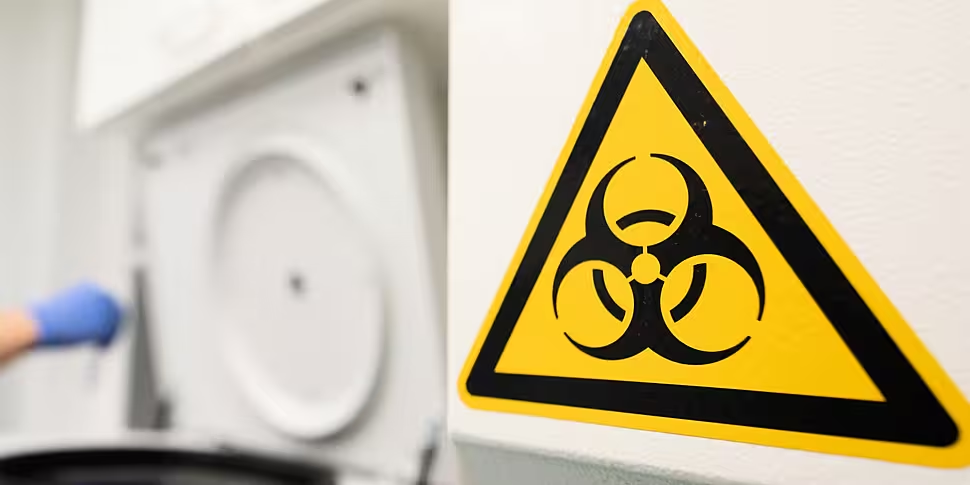The theory that COVID-19 potentially 'leaked' into the world from a lab in Wuhan has recently gained increased traction.
The lab leak theory - which focuses on Wuhan's Institute of Virology - was originally considered by scientists as unlikely and even a conspiracy theory, as scientific consensus seemed to settle on the theory that the virus passed to humans via animals (potentially through Wuhan's 'wet market').
However, an inconclusive WHO report on the origins of COVID-19 and reports from US intelligence has suddenly put the lab leak possibility back into the spotlight.
The WHO report stated a laboratory incident is considered an "extremely unlikely" cause of the pandemic compared to other possible causes (such as being passed from an animal to a human).
Nonetheless, the investigators said more work was needed to definitively trace the origins of the coronavirus.
Meanwhile, Dr Anthony Facui - the leading US expert on infectious diseases - has said he's "not convinced" the pandemic originated naturally, and that more investigations are needed.
China has repeatedly dismissed any suggestion the virus leaked from a lab, but other international scientists also want a more thorough investigation to find out what exactly happened in Wuhan in late 2019.
Dr Barry O’Halloran - author of 100 Days That Changed The World: The Coronavirus Wars - spoke to The Pat Kenny Show about why attitudes have changed.
He explained: “The WHO report which was long anticipated was effectively a very big disappointment. It focused completely away from the possibility that the virus leaked from a lab - that it was extremely unlikely.
“However, Director-General of the WHO Dr Tedros [Adhanom] - in a major change of position - came out the next day and said that this report is effectively inadequate, and the WHO needs to do more research: including into the lab leak."
Meanwhile, a US intelligence report released in the final weeks of the Trump administration indicated that several staff members at the Wuhan Institute of Virology came down with symptoms similar to COVID-19 or seasonal influenza back in November 2019: a month before the virus is believed to have spread among the public in China.
Dr O'Halloran said that report was "cryptic", but more info has emerged since due to recent reports in US media.
He said: "Now what has emerged is further US intelligence reports released… that goes into far more detail. It says that three researchers specifically were infected with COVID-19 symptoms, and they ended up in hospital in November 2019.
“That to me is quite a significant change - albeit it’s the spooks that are speaking.
“Another change is that the scientists who originally poo-pooed the idea of a lab leak - saying it was effectively a conspiracy theory - have now backtracked and said we must investigate this in detail as it’s a real possibility.”
It's very possible any lab leak - if it happened - would have been entirely accidental, a result of human error.
Indeed, such a thing has happened before - including during the SARS outbreak in the early 2000s, when Beijing lab workers unwittingly passed the virus onto others.
The Biden administration
One other big change in recent months has been the start of Joe Biden's presidency in the US.
His predecessor Donald Trump took a particularly combative stance against China - often referring to COVID-19 as the 'China virus' - meaning his claims often weren't taken seriously by the media or international community.
Dr O'Halloran explained: “In the transition to the Biden administration… there has been no substantial change in the policy, or in the attitude to a possible lab leak. What has changed… is the style.
"The Biden administration is not taking the insulting line that the Trump administration - and particularly the president - took.”
The US in particular is now keen to get to the bottom of the virus's origins once and for all, believing the recent WHO report is inadequate.
They're now putting pressure on the WHO to carry out a full forensic investigation, including access to databases of the viruses that were contained in the Wuhan laboratory.









